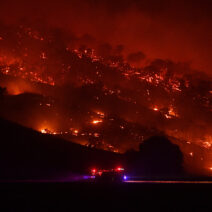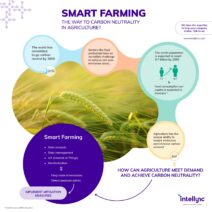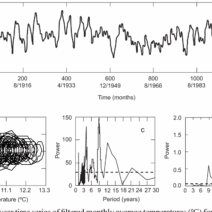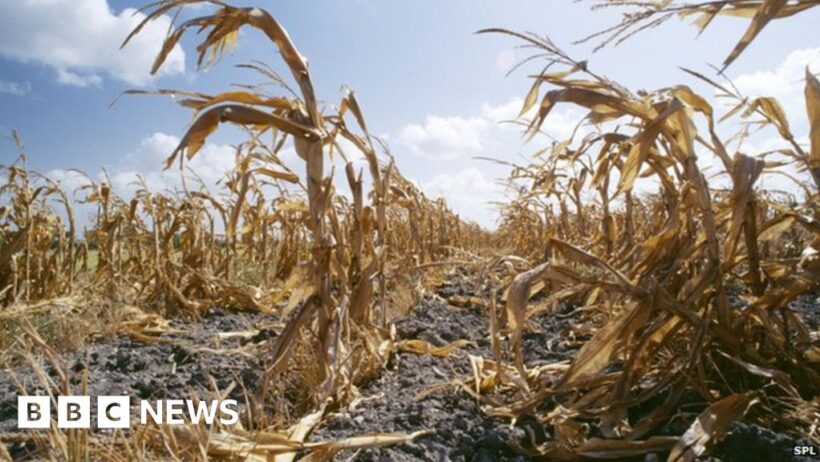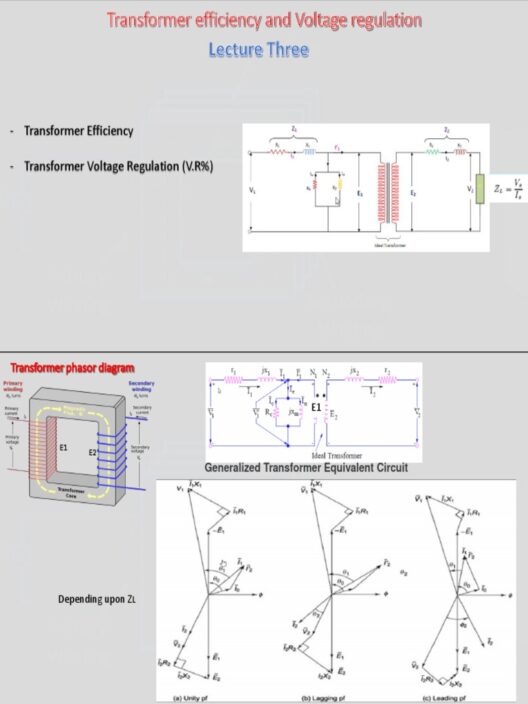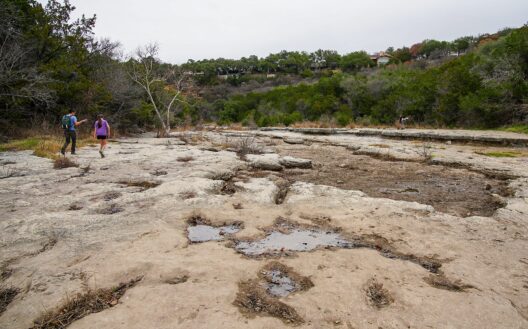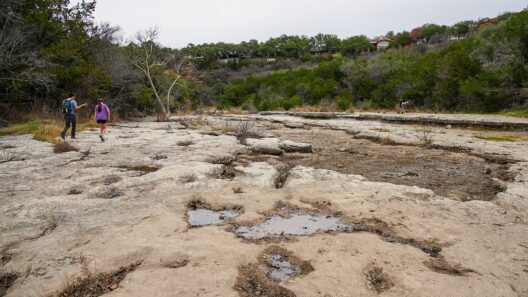As the world grapples with the relentless march of climate change, an insidious consequence looms: the proliferation of pests and the diseases they potentially disseminate. Do you ever wonder how rising temperatures and shifting weather patterns could be compounding risks to public health? With each degree that the planet warms, the dynamics of pest populations evolve, presenting a formidable challenge to ecosystems, agriculture, and human health.
The nexus between global warming and pest emergence is intricate. Increased temperatures can enhance the reproductive rates of various pest species, leading to more frequent outbreaks of diseases. This phenomenon is not confined to a single type of pest. Whether it is locusts devastating crops or mosquitoes harboring pathogens, pests are making unprecedented advances into new territories, driven by climatic changes. Indeed, the relationship is reciprocal. While pests thrive in warmer conditions, the impacts of our changing climate further exacerbate their populations.
Consider the common mosquito. With climate change, these insects are extending their range into previously unsuitable habitats. Higher temperatures can shorten the mosquito life cycle and boost the frequency of disease transmission. The expansion of these pests is not just a nuisance; it opens the floodgates for diseases such as malaria, dengue fever, and Zika virus to encroach on new regions, potentially overwhelming local healthcare systems. What, then, shall our communities do against this mounting threat?
As we explore the implications of increased pest populations, the implications for agriculture become starkly evident. Farmers traditionally rely on specific pest control methods. However, rising pest resistance, fueled by climate change, complicates these strategies. Warmer temperatures can accelerate pest metabolism, prompting them to adapt quickly and rendering conventional pesticides less effective. This scenario poses urgent questions: Can farmers adapt to this shifting landscape, or are we facing an impending crisis for global food security?
The feedback loop of climate change and pest emergence further complicates ecological dynamics. For instance, drought conditions can cause plant stress, leading to a decline in crop resilience. This vulnerability invites opportunistic pests, often resulting in widespread crop failure. As food systems become increasingly intertwined with climatic variables, it is crucial to understand that the repercussions extend beyond individual farmers. Ultimately, food shortages could give rise to higher prices and increased instability, affecting communities around the globe.
Certain regions of the globe are more vulnerable to these emerging threats, particularly those already grappling with socio-economic challenges. In many developing nations, agricultural practices are heavily reliant on local ecosystems, which makes them susceptible to the disruptive forces of climate change and the invasive pests that follow. The question arises—how can these communities adapt and evolve in the face of such multifaceted challenges?
The interplay between diseases and pest populations cannot be ignored in the context of human and animal health. Emerging zoonotic diseases, those transmitted from animals to humans, often occur when pest and host populations intersect. Climate change offers these vectors new opportunities to interact with various species, including humans. This reality necessitates a holistic approach to health, blending veterinary and public health efforts. Can we successfully coordinate strategies that delineate the boundaries between wildlife, livestock, and human health, ensuring that outbreaks are surveilled and contained before they escalate?
One particularly disconcerting factor is the increasing frequency of extreme weather events. Floods, hurricanes, and unseasonable temperature shifts can create conducive environments for pests to proliferate. Sudden floods can displace mosquito populations into populated areas or enable crop-destroying caterpillars to overrun fields. The unpredictability makes it increasingly challenging for communities to prepare and respond effectively. What innovative solutions can we devise to mitigate these lurking dangers in the wake of unpredictable weather patterns?
Restoration of natural habitats has emerged as a potential antidote for some of the pressures exerted by climate change and pests. By bolstering large tracts of biodiversity, we can foster natural pest predators and bolster resilience against pest outbreaks. However, the implementation of such restoration projects necessitates investment, both in terms of funding and community engagement. Ultimately, how do we galvanize action that draws diverse stakeholders together to fight this unified adversary of climate-induced pest proliferation?
Increased public awareness and education regarding the impacts of pests and climate change is vital. Engaging communities in citizen science projects can enrich our understanding of pest lifecycles and distributions, while fostering stewardship. People’s experiences and observations could yield invaluable data to guide adaptive strategies in pest management. Here lies a question of societal engagement: how do we knit together a framework that encourages local involvement while promoting broader systemic change in policies addressing climate change?
As the realities of a warming planet unfold, we are left with a daunting reality regarding pest outbreaks and disease dissemination. The challenge is not insurmountable, but it requires robust collaboration between scientists, policymakers, farmers, and communities. As we work towards resilience amidst these challenges, preparation and innovation will be our greatest allies in steering us away from the worst outcomes of this looming crisis. Can humanity rise to meet this challenge, or will we find ourselves overwhelmed by the burgeoning tides of pests, propelled by climatic shifts? The answers lie in our capacity to act now, shaping a sustainable future for generations to come.
